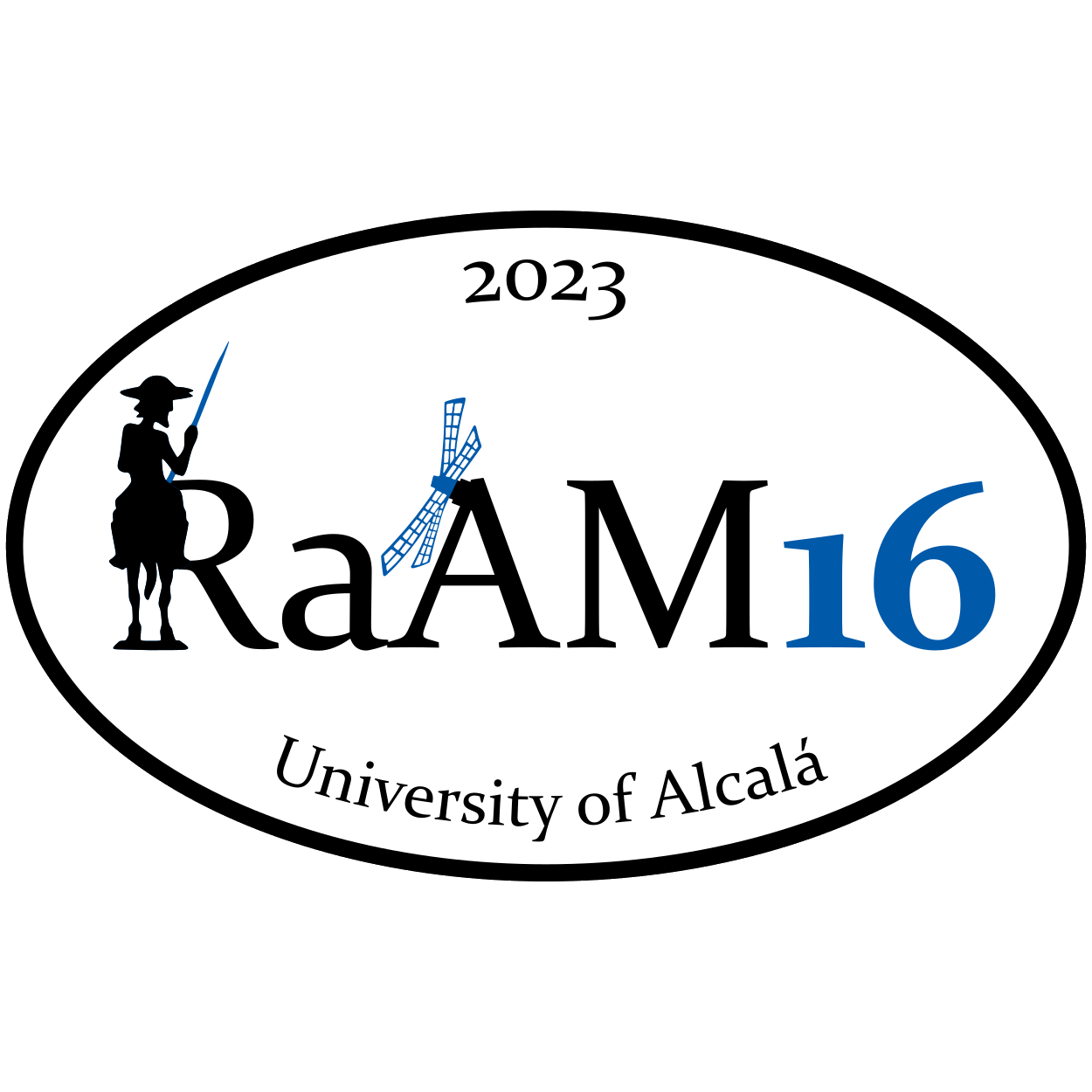PRE-CONFERENCE WORKSHOPS

Updating Deliberate Metaphor Theory
Gerard Steen
This workshop presents an overview of new developments in Deliberate Metaphor Theory (DMT) and demonstrate how it can be applied in practice (Steen, in press). The first half of the workshop will outline how the three-dimensional model of Steen (2008) should be elaborated into a four-dimensional model related to utterance comprehension in discourse processing, adding the role of reference and world-building as a crucial and independent factor (cf. Reijnierse et al., 2018) to the original proposal. The second half of the workshop will show how this updated model can be formally operationalized by means of propositionalization and reveal how different uses of metaphor are predicted to elicit different mental representations.
Reijnierse, W.G., Burgers, C.J., Krennmayr, T., and G.J. Steen (2018). DMIP: A method for identifying potentially deliberate metaphor in language use. Corpus Pragmatics, 2(2), 129-147.
Steen, G.J. (In press). Slowing metaphor down: Elaborating Deliberate Metaphor Theory. Amsterdam: John Benjamins.
Steen, G.J. (2008). The paradox of metaphor: Why we need a three-dimensional model for metaphor. Metaphor & Symbol 23, 213-241.
Voluptuous, complex, and full-bodied: Metaphor translation in the world of wine
Allison Creed & Lettie Dorst
In this practical two-hour workshop, we present a theoretical, methodological, and gastronomic introduction to metaphor translation. The knowledge domain of wine and the genre of wine reviews, also referred to as tasting notes, will provide the platform to:
- demonstrate the potential for metaphor, both conventional and creative, to shape and transform peoples sensory and emotional responses to wine; and
- investigate the crucial role translation plays in providing linguistic and cultural mediation that ensures an accurate and consistent interpretation and appreciation of wine across different languages and cultures.
The workshop is organised as follows:
- an introduction to wine reviews and tasting notes > tasting, experiencing, and describing wine;
- an introduction to metaphor identification and analysis, using methods such as MIP (Pragglejaz Group, 2007) and multilingual MIPVU (Steen et al., 2010; Nacey et al., 2019), and reflecting on notions such as conventionality and creativity > analysing metaphor in wine reviews; and,
- an introduction to metaphor translation, using the models proposed by Newmark (1988) and Schäffner (2004), and reflecting on notions such as cultural appropriateness and stereotyping > translating metaphor in wine reviews.
Participants will be introduced to the process of wine appreciation—yes, you will be tasting wine—and develop a basic understanding of as well as basic skills in performing metaphor analysis and translation in wine reviews. We will do hands-on work with sample texts in different languages. Working in collaborative teams, participants will taste, write, and translate their own wine reviews. The workshop will culminate in a prize for the voted best lightning wine review.
References:
Nacey, S., Dorst, A.G., Krennmayr, T., & Reijnierse, W.G. (Eds.) (2019). Metaphor identification in multiple languages: MIPVU around the world. Amsterdam: John Benjamins.
Newmark, P. (1988). A textbook of translation. New York: Prentice Hall.
Schäffner, C. (2004). Metaphor and translation: Some implications of a cognitive approach. Journal of Pragmatics, 36, 1253-1269.
Steen, G. J., Dorst, A. G., Herrmann, J. B., Kaal, A., Krennmayr, T., & Pasma, T. (2010). A method for linguistic metaphor identification: From MIP to MIPVU. Amsterdam: John Benjamins.
Pragglejaz Group (2007). MIP: A method for identifying metaphorically used words in discourse. Metaphor and Symbol, 22(1), 1-39.
